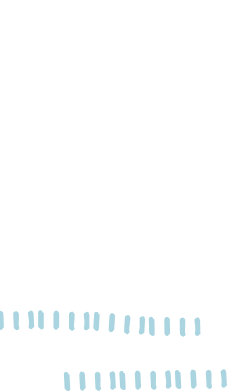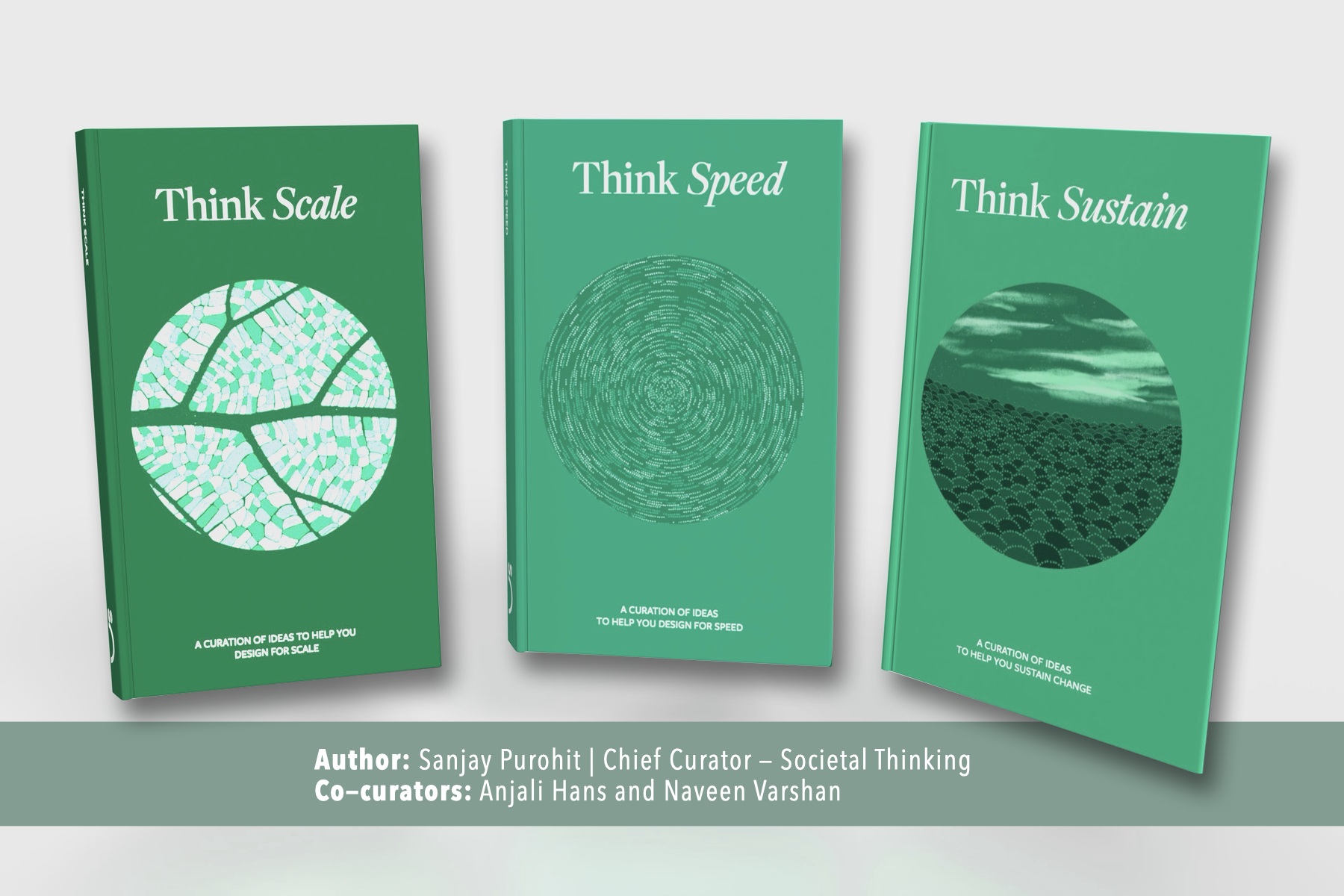An increasingly critical ingredient of our efforts as philanthropies, civil society organizations and change makers is the generation of data, code, content and processes (“resources”). For example, organizations advancing education create content and processes for training and teaching and those advancing access to healthcare or justice, collect, curate and validate data. Across the board, we are developing code and processes that are time and resource intensive to bring greater scale, efficacy and transparency to our work.
However, an intense mission focus means that we sometimes miss seeing opportunities in leveraging these resources to create a multiplier effect: one that can be potentially trigger impact larger than our individual missions alone.
Merely by enabling free, open, immediate and unrestricted access to such resources, we can create new digital public goods and resources that empower other changemakers to reuse, build on and repurpose for their own missions. We can enable these digital public resources to be localised, translated and adapted outside their original purpose and use, far beyond their intended reach and our individual imaginations. It will unlock scarce resources, avoid duplication of effort, generate savings and accelerate innovation and can democratise the ability to solve wicked problems.
In essence, each of us have the power to create open resources as digital public goods. And these are public goods of a new kind: not only their use doesn’t deplete the commons, but it enriches it.
If we recognise that philanthropic capital is capital that would otherwise have been taxed and that we, as philanthropies and changemakers, work for public benefit, then what we create must also be designed as public goods. Given that the sourcing, creation and validation of code, content and data is time and resource intensive, opening up publicly funded resources is critical – it will advance equity and enable collaboration. We can reach our highest potential only if we adopt an ‘open’ as the default position.
We must embrace “open”ness of four kinds. Philosophical openness, that is, we must all see these resources as public goods and be aligned on the necessity of such openness. Second, technical openness, that is, they must be available in an easy, timely, user-friendly manner online adhering to a set of applicable open standards. Third, legal openness, that is, they must be legally licensed for all manners of use and adaptation, whether commercial or not, subject only, at most, to the requirement to attribute or share alike. Lastly, financial openness, by ensuring access for free or at a price that is no more than a reasonable reproduction cost. Particularly for philanthropic funders, this ensures that the resources continue to exist for the ecosystem independent of the organization or mission.
Foundations like the Bill and Melinda Gates Foundation have adopted such an ‘open access policy’ as a non-negotiable term for all peer-reviewed, published research partly or wholly funded by the foundation. The policy also requires that the data underlying published research results be accessible and open immediately. The underlying rationale is that “The free, immediate, and unrestricted access to research will accelerate innovation, helping to reduce global inequity and empower the world’s poorest people to transform their own lives.” The Shuttleworth Foundation states that they “… take the stance closest to extreme openness as a counterbalance to the prevailing idea of completely closed, in order to establish new norms along the continuum.”
Creative Commons states that they “… believe that in almost all cases, the copyrightable works produced with grant funding, as well as works concerning the problems the foundation seeks to address that are created by expert staff or commissioned by the foundation from external experts, will have more impact on those problems if they are published under an open license”. They also host a Generic Open Licensing Toolkit for Foundations to consider.
Organizations like Pratham Books and EkStep Foundation have been able to multiply their impact by adopting an “open” policy. Since early 2009, Pratham Books started making content available under open licenses and had tremendous successes with people taking the context and creating highly contextual reading solutions – from language to form to accessibility. However, it was still a process with much friction and in 2015, they doubled down on this and launched StoryWeaver as an open source platform for contextual story creation. And what a journey that has been – with over 15000 stories in over 2000 languages and nearly 2.5 million reads online.
We are seeing the emergence of new approaches, like Societal Thinking, that promote the creation of open digital public goods; one that can be adopted by any philanthropy or civil society organisation. Building on this approach, the EkStep Foundation created Sunbird as a digital public good. While the first use was in an education context, it has gone far beyond that. This was only possible because the platform is truly “open” and flexible allowing diverse solutions to be built. It currently is used in contexts as diverse as water, financial inclusion, teacher training, school leadership and talent management. Many partners are already using the platform for their diverse solutions, dissolving silos and creating network effects.
Organisations such as Agami are making a compelling case of how “… open legal datasets have a similar potential to become an essential part of the infrastructure of legal education, legal practice, judicial functioning and accountability.”
Why, then, is this not a norm and a culture? For many, the reason is less a philosophical disagreement, but more an undervaluation of ‘open’ as a practice. For others, the barrier is possibly a zero-sum proposition: that openness may adversely impact recognition, the unique value proposition or funding for an organization. But by simply requiring attribution in the license and reframing our impact metrics to include the number of people leveraging our digital public goods these can be effectively addressed. And for some, it is a lack of awareness of and access to tools and practices that can advance openness; these can be easily solved for in the digital age. An organisations outcomes are more than the sum of their tools and data – effective missions involve insight, design and leadership as well.
In many ways, the bazaar has led in its contributions to the digital commons – Microsoft may be the largest contributor of code to open source projects. Sarkaar too has started doing it’s part with its Open Data Portal and Open Source Code Repository. It is high time samaaj, the philanthropic and civil society ecosystem, did the same.
Sample Clause
License (Project Grants)
- The Grantee and Grantor understand and agree that they are both committed to releasing “Open Public Resources” that are either created, co-created, commissioned or caused to be created by the Grantee in any projects carried out using the Grant amount, irrespective of whether such funding is in whole or in part. The Grantee agrees that any Open Public Resources created shall be open and accessible as far as technically possible and legally practicable.
“Open Public Resources” for the purposes of this Agreement include but are not limited to any written deliverable, publications, reports, studies, manuals and research results (including in relation to any ongoing research), products, services, processes, technologies, materials, databases, software, documentation files, other innovations and intellectual property resulting from the Grant (including modifications, improvements, and further developments to Background Technology).“Open Public Resources” specifically in relation to any data, include all primary data, associated metadata, and any additional relevant data necessary to understand, assess, and replicate the published findings as a whole. “Background Technology” means any and all products, services, processes, technologies, materials, software, data, or other innovations, and intellectual property created by Grantee, Sub-Grantee or Sub-Contractor prior to or outside of the Grant and this Agreement and used as part of the Open Public Resources. - The Grantee shall license any: (i) publications, reports, studies, manuals or research results (including in relation to any ongoing research) funded by this Grant under the following Creative Commons license: CC BY 4.0, the terms of which are further described at Annexure [•]; (ii) databases produced as a result of this Grant under the ODC Open Database License (“ODbL”), the terms of which are further described at Annexure [•]; and, (iii) software and documentation files associated with the Grant under the MIT License, the terms of which are further described at Annexure [•], to facilitate their use, re-use, adaptation, translation, improvement and distribution by itself and third parties including the Grantor, for non-commercial and commercial purposes subject to the applicable laws of India.
- In the event that the Grantee desires to license the Open Public Resources under the terms of any alternative license, the Grantee shall ensure that such alternative license is no more restrictive than the licenses specified in this clause [•].2, or if the Grantee can provide sufficient justification that the alternative license allows for better integration of an Open Public Resources into a larger resource pool. The Grantee agrees that all Open Public Resources shall be openly accessible to the public immediately upon publication, without any embargo period. In the event wherein a journal or platform charges an ‘open access fee’ for publishing, such fee shall be reimbursed by the Grantor.
- The Grantee shall not impose any barriers on the use, re-use, adaptation, translation, improvement or distribution of the Open Public Resource. The Grantee agrees to allow such use, re-use, adaptation, translation, improvement and distribution of the Open Public Resources for any purpose, including commercial purposes, without requiring any further permission or fees.
- The Grantee shall allow for use, re-use, adaptation, translation, improvement and distribution of the Open Public Resources and in any medium or format.
- To enable future use, the Grantee shall on a best effort basis, ensure long-term storage of Open Public Resources. The Grantee shall exercise its best efforts to ensure that any digital repository used to store the Open Public Resources meets the ISO’s trustworthy digital repository standards (available at http://www.iso16363.org/).
- The Grantee shall ensure that the published Open Public Resources are easily discoverable and accessible by depositing them in one or more specified repository, with accurate tagging of metadata.
- The Grantee shall assign each published Open Public Resources with a persistent and unique identifier, (for example, a DOI, i.e., digital object identifier) to facilitate ease of linking and attribution by future users.
License (General Operating Grants)
- The Grantee and Grantor understand and agree that they are both committed to releasing “Open Public Resources” that are either created or co-created by the Grantor in any “General Operating Grants” carried out using the Grant amount, irrespective of whether such funding is in whole or in part. The Grantee agrees that any Open Public Resources created shall be open and accessible as far as technically possible and legally practicable.
“Open Public Resources” for the purposes of this Agreement include but are not limited to any written deliverable, publications, reports, studies, manuals and research results (including in relation to any ongoing research), products, services, processes, technologies, materials, databases, software, documentation files, other innovations and intellectual property resulting from the Grant (including modifications, improvements, and further developments to Background Technology). “Open Public Resources” specifically in relation to any data, include all primary data, associated metadata, and any additional relevant data necessary to understand, assess, and replicate the published findings as a whole. “Background Technology” means any and all products, services, processes, technologies, materials, software, data, or other innovations, and intellectual property created by Grantee, Sub-Grantee or Sub-Contractor prior to or outside of the Grant and this Agreement and used as part of the Open Public Resources.
“General Operating Grant” for the purposes of this Agreement shall include the unrestricted funds enabling an organization to carry out its mission and shall underwrite Grantee’s administrative and infrastructure costs, assist with strategic financial and organizational capacity, and/or help maintain core programs and essential staff. - The Grantee shall license Open Public Resources in accordance with the licensing terms described in Annexure [•] of this Agreement.
 Back
Back


